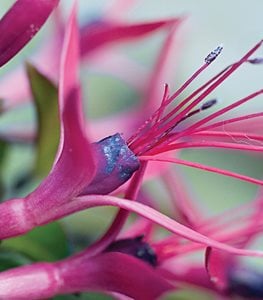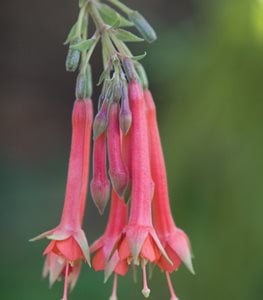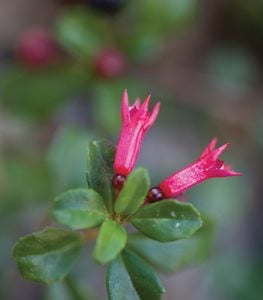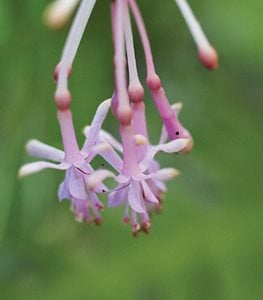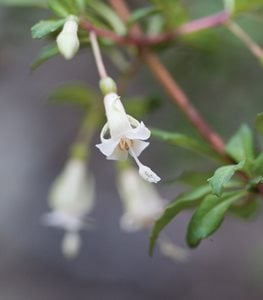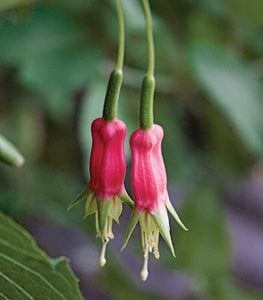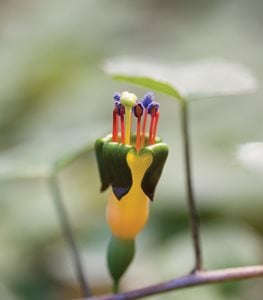7 Species Fuchsias to Try
Species fuchsias sparkle like gems and offer a sophisticated alternative to their party-girl hybrid cousinsHybrid fuchsias, with their petticoated, poodly pom-pom flowers, just might be the horticultural definition of gaudy. How many other plants can you think of that have their names pinned on a color (especially one so vivid)? Of course, if the numbers mean anything (10,000 named fuchsia hybrids with millions sold each year), my opinion is certainly in the minority. But when it comes to plants, what excites me the most is a simpler, more subtle beauty—like that possessed by species fuchsias, parents of those flashy hybrids.
See also: How to Grow & Care for Fuchsias
SPECIES FUCHSIAS
Fuchsia glazioviana
In its native Brazil, this beautiful evergreen can be a compact shrub or climb up to the tree canopy. In cultivation it reaches 6 to 12 feet, and is a good choice for topiary or hanging baskets. Unpruned it can be a scandent climber. Small flowers, less than an inch long, are abundant.
Fuchsia fulgens
Sometimes called the flame fuchsia for its bright orange-red flowers with chartreuse tips, this species (like many fuchsias) is a favorite of hummingbirds. A deciduous winter bloomer, it typically reaches 3 to 4 feet tall, and has tuberous roots that store water during dry seasons.
Fuchsia microphylla ssp. aprica
This little-leaved variety of the species has small pinkish red flowers, less than half an inch long. This is a good choice for pot culture; even small plants grown in small containers will still cover themselves in blooms.
Fuchsia paniculata
This vigorous species can reach 24 feet in the wild, and about half that in cultivation, with a spread of 18 feet. This species is known for its large clusters of flowers up to 10 inches across. While resistant to fuchsia gall mite, F. paniculata hosts the pest; beware of placing it near susceptible varieties.
Fuchsia microphylla ssp. hidalgensis
This vigorous species can reach 24 feet in the wild, and about half that in cultivation, with a spread of 18 feet. This species is known for its large clusters of flowers up to 10 inches across. While resistant to fuchsia gall mite, F. paniculata hosts the pest; beware of placing it near susceptible varieties.
Fuchsia splendens
Sometimes called the candy fuchsia, this vigorous species, with long, pendulous multicolored flowers, can become a shrub in its native habitat. A fall and winter bloomer, it stores water in its roots and may drop its leaves during dormancy.
Fuchsia procumbens
This evergreen species has upward-facing, yellowish blossoms (unique among fuchsias) and eye-shadow-blue pollen, but the flowers are small, and the prostrate, creeping plants rarely reach more than 4 to 5 inches off the ground. Native to sandy banks on the New Zealand coast, this unusual fuchsia forms 2- to 4-foot-wide mats of heart-shaped leaves, and is a good candidate for a hanging basket. The flowers are sometimes followed by thumbnail-size pink fruits.
RELATED:
How to Overwinter Fuchsia Plants
Propagating Fuchsia Plants

